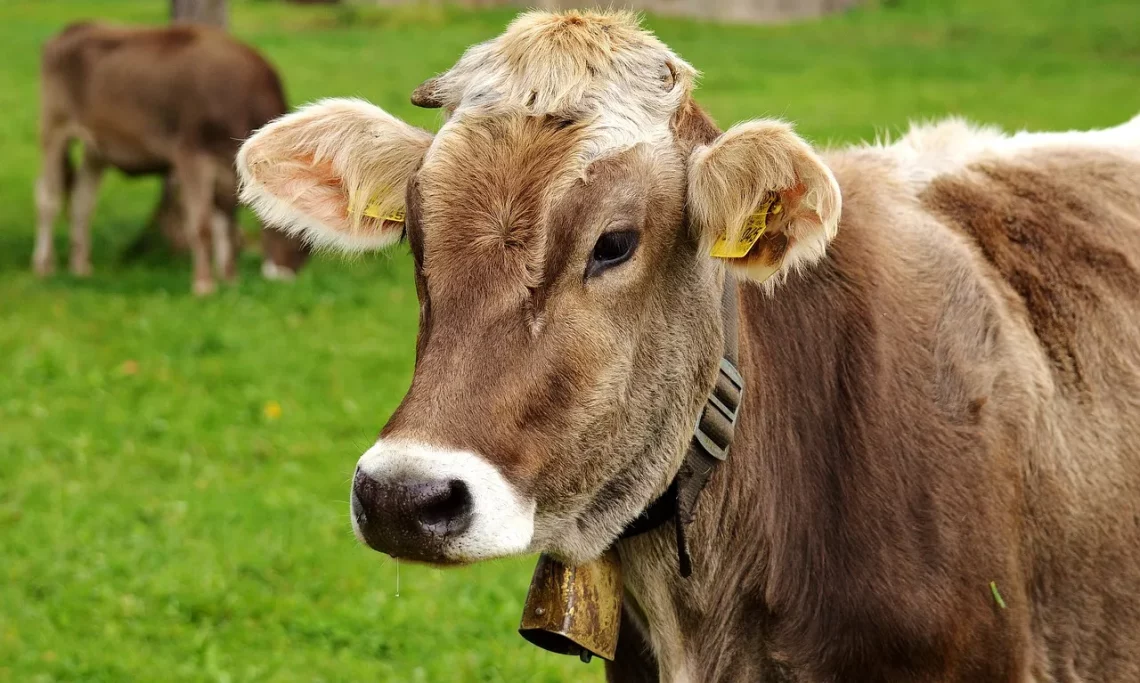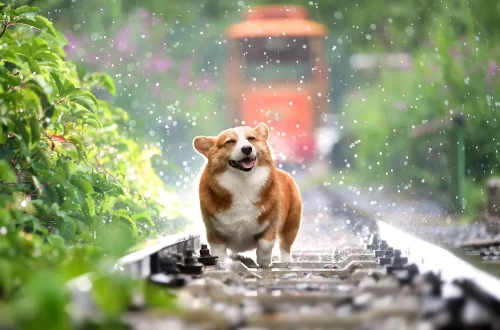
High-Quality Cattle Guards for Sale: Secure Your Property Today
Securing your property is a priority for many homeowners, especially those living in rural areas where livestock and wildlife can pose challenges. One effective solution to prevent unwanted access while allowing your cattle to roam freely is the installation of high-quality cattle guards. These innovative structures act as barriers, preventing livestock from crossing while ensuring that vehicles can pass through unhindered. Properly designed and constructed cattle guards not only enhance security but also contribute to the overall aesthetics of your property.
When choosing the right cattle guard, several factors come into play, including durability, size, and design. Investing in a high-quality product ensures that you won’t have to replace it frequently, saving you time and money in the long run. Moreover, the effectiveness of a cattle guard largely depends on its installation and positioning; thus, careful planning is essential.
With the growing demand for efficient property management solutions, numerous options for cattle guards are available on the market. Understanding the features and benefits of each type can help property owners make informed decisions. This article will delve into the various aspects of cattle guards, guiding you in securing your property with confidence and style.
Understanding the Functionality of Cattle Guards
Cattle guards serve a vital role in property management, particularly in rural areas where keeping livestock contained is essential. At its core, a cattle guard is designed to prevent animals from crossing into certain areas while permitting vehicles to pass through without obstruction. The fundamental design of a cattle guard typically involves a series of parallel bars placed over a trench, creating a physical barrier that cattle cannot cross.
The effectiveness of a cattle guard lies in its design and the spacing between the bars. Cattle are generally cautious animals, and the appearance of a gap or a drop can deter them from attempting to cross. However, the spacing must be carefully calculated to ensure that smaller animals cannot slip through, while also allowing for the safe transit of larger vehicles.
Additionally, cattle guards can be customized to suit specific needs. For instance, the materials used in construction can vary, with options such as steel, aluminum, or reinforced concrete available. Each material has its unique advantages, such as durability and resistance to rust, which are critical for long-term use.
Moreover, the placement of a cattle guard is also crucial. It should be located at strategic points, such as entrances to pastures or driveways, where animal control is most needed. By understanding the functionality and design elements of cattle guards, property owners can make informed decisions that enhance the security and management of their land.
Choosing the Right Materials for Your Cattle Guard
When it comes to cattle guards, the choice of materials can significantly impact their effectiveness and longevity. The most common materials used in cattle guard construction include steel, aluminum, and reinforced concrete, each offering distinct advantages and disadvantages.
Steel cattle guards are known for their strength and durability. They can withstand substantial weight and resist damage from environmental factors. However, steel is susceptible to rust if not properly treated or maintained. To combat this, many manufacturers offer galvanized or powder-coated steel options, which provide an additional layer of protection against corrosion.
On the other hand, aluminum cattle guards are lighter and easier to install. They are naturally resistant to rust, making them an excellent choice for areas with high humidity or precipitation. However, aluminum may not support as much weight as steel, making it less suitable for heavy vehicles.
Reinforced concrete is another option that offers exceptional durability and weight support. Concrete cattle guards can withstand harsh conditions and heavy loads, but they can be more challenging to install due to their weight and the need for proper curing time.
Ultimately, the choice of material will depend on individual needs, including the type of livestock being contained, the weight of vehicles that will pass over the guard, and the environmental conditions of the property. By evaluating these factors, property owners can select a cattle guard that meets their specific requirements and ensures long-term functionality.
The Importance of Proper Installation
Proper installation of a cattle guard is crucial for its effectiveness and longevity. An incorrectly installed cattle guard can lead to a variety of issues, including increased risk of livestock escape, vehicle damage, and costly repairs. Therefore, it is essential to follow best practices during the installation process.
First, the site should be carefully selected. The cattle guard should be placed at locations where animals typically attempt to cross, such as gate entrances or property boundaries. Ensuring that the approach to the cattle guard is level and free of debris will facilitate smooth vehicle passage and reduce the risk of accidents.
Next, the foundation is a critical aspect of installation. A well-prepared base will support the cattle guard and prevent it from shifting over time. Many installers recommend digging a trench to accommodate the guard, ensuring that it is flush with the ground to minimize any abrupt changes in elevation that might deter animals from approaching.
Additionally, the spacing of the bars must be checked during installation. It should be verified that the distance between the bars is appropriate for the type of livestock on the property. This attention to detail will help ensure that the cattle guard functions as intended.
Lastly, regular maintenance should not be overlooked. Inspecting the cattle guard periodically for signs of wear, rust, or displacement will help identify issues before they become significant problems. By prioritizing proper installation and ongoing maintenance, property owners can ensure that their cattle guards remain effective barriers for years to come.
Enhancing Property Aesthetics with Cattle Guards
In addition to their functional benefits, cattle guards can also enhance the overall aesthetics of your property. With various designs and finishes available, property owners can choose cattle guards that complement the look of their land while still serving a practical purpose.
Modern cattle guards come in a range of styles, from traditional designs to sleek, contemporary looks. Some manufacturers offer options with decorative elements that can blend seamlessly with the natural landscape, adding character to the property. This aesthetic consideration is particularly important for those who value the visual appeal of their land and want to maintain an inviting atmosphere.
Furthermore, the color of the cattle guard can also be customized. While traditional metal finishes are common, powder coating options allow for a broader spectrum of colors, enabling property owners to match the guard to their fencing, gates, or other structures on the property.
The integration of cattle guards into the landscape can also contribute to a sense of cohesion in property design. By selecting a cattle guard that aligns with the overall style of the property, owners can create a more polished and intentional appearance.
In conclusion, high-quality cattle guards not only provide essential security and livestock management but can also enhance the visual appeal of your property. By considering design elements that align with your aesthetic preferences, you can secure your land while maintaining its charm.
In summary, investing in a high-quality cattle guard is a wise decision for property owners looking to enhance security and manage livestock effectively. Understanding the functionality, material options, installation best practices, and aesthetic considerations will empower you to make informed choices that cater to both your practical and visual needs. Secure your property today with a cattle guard that meets your specific requirements and complements your landscape.




